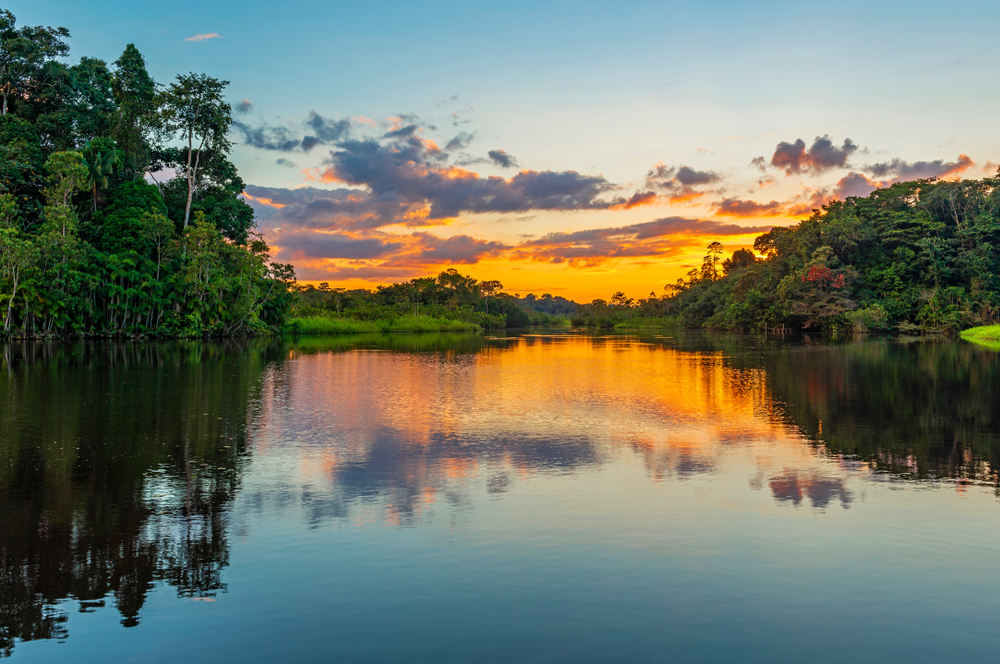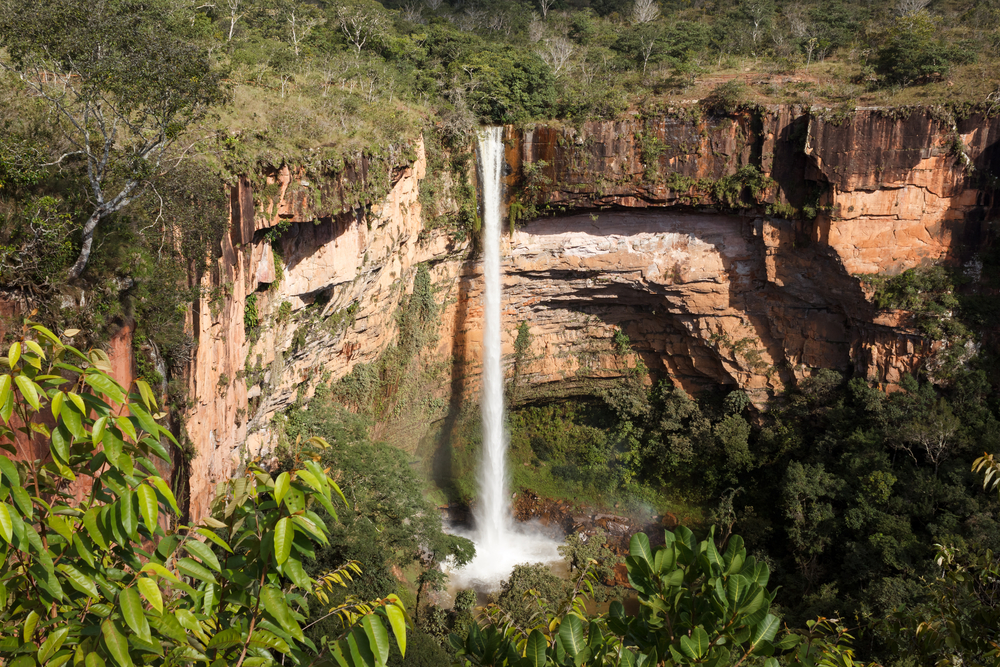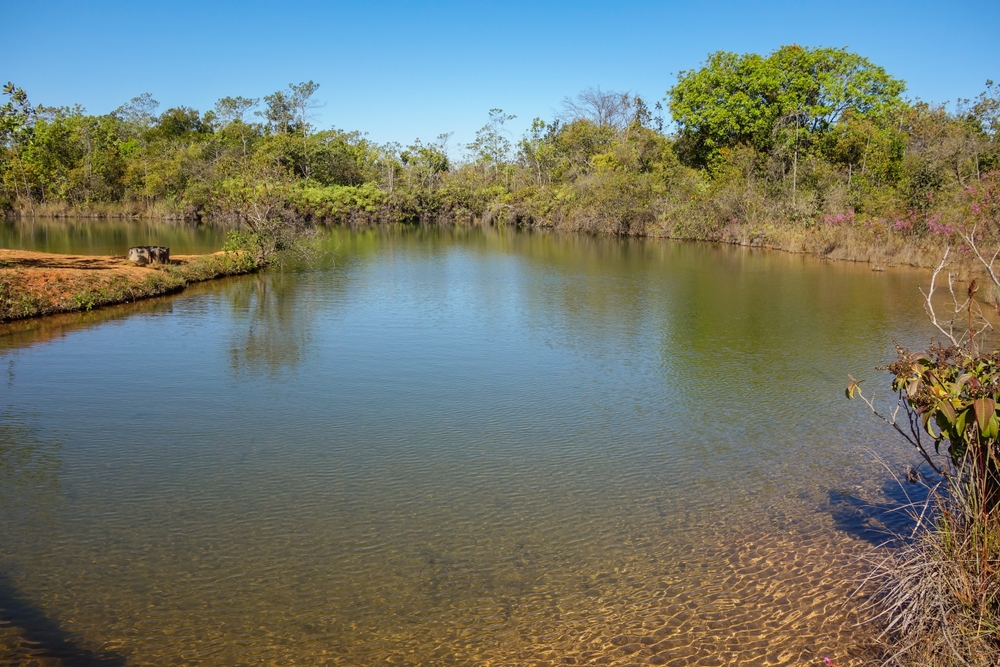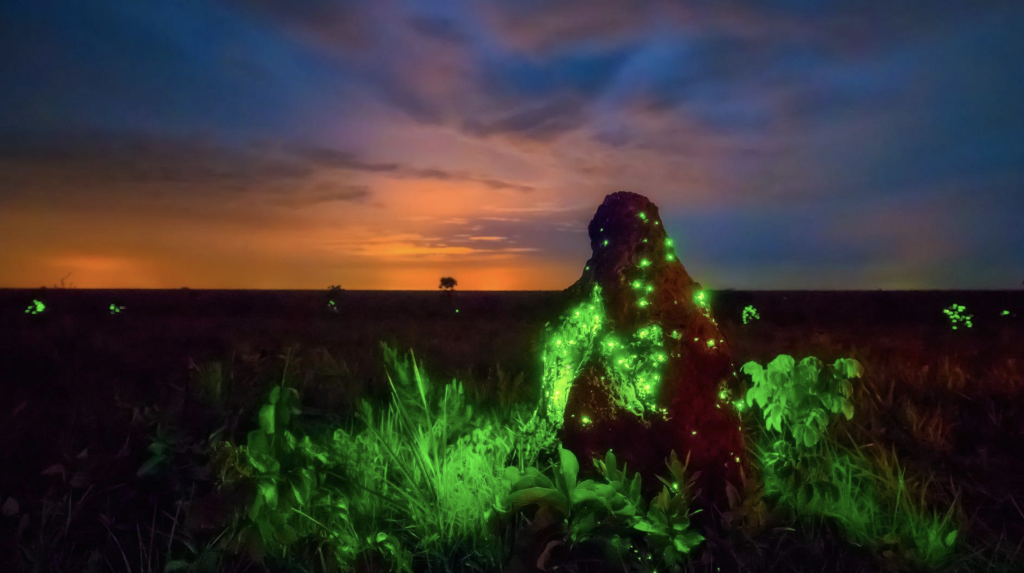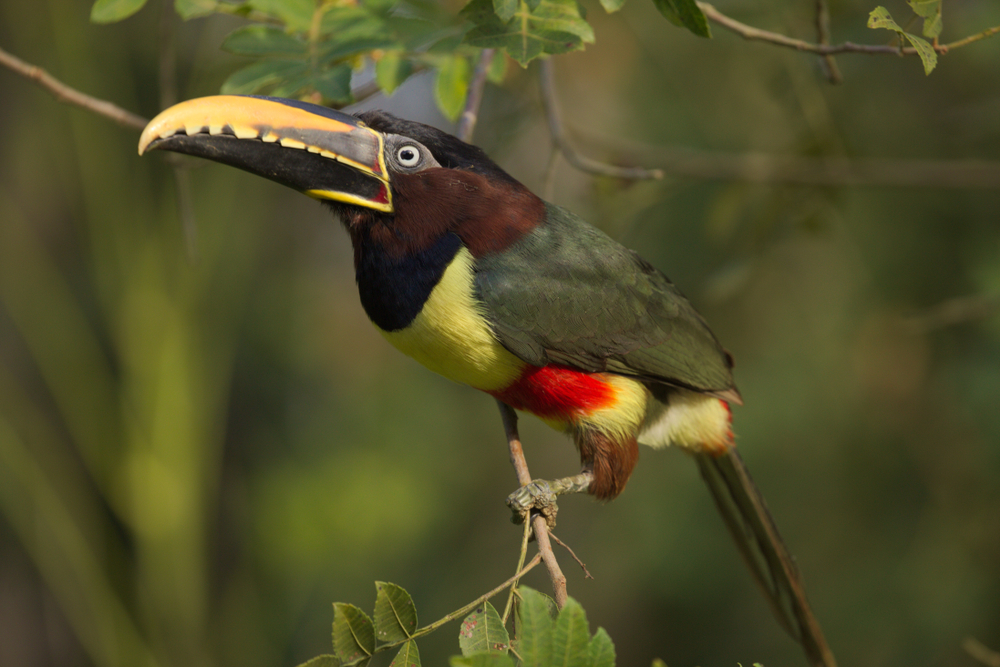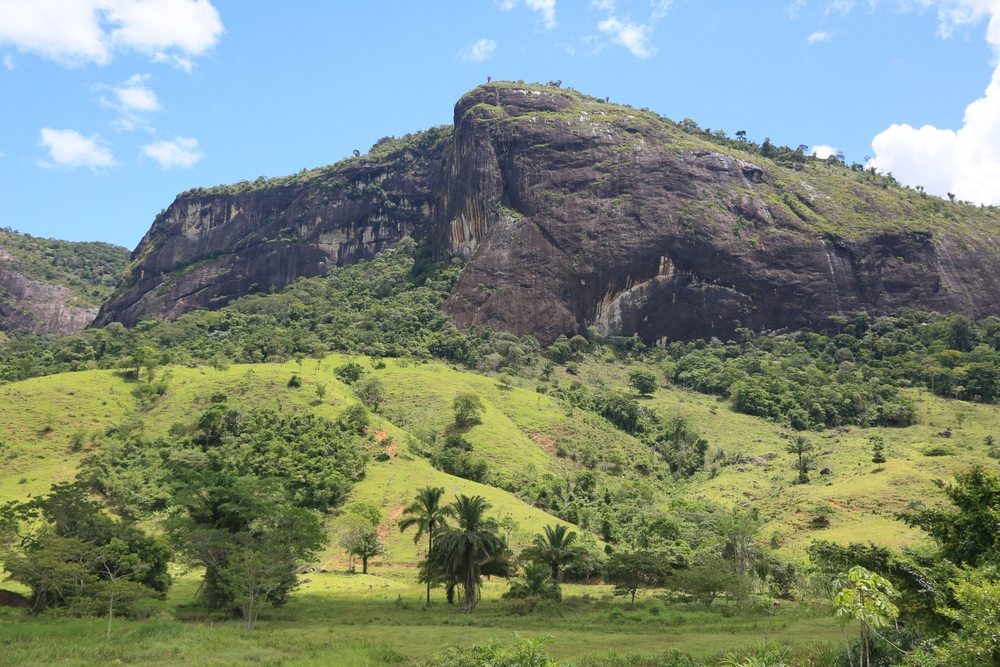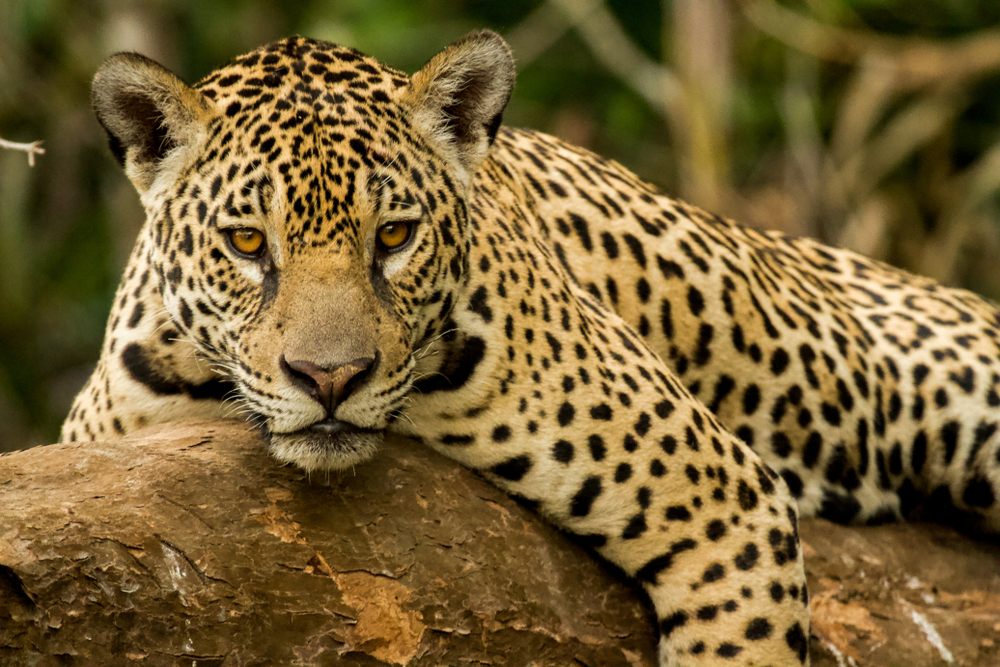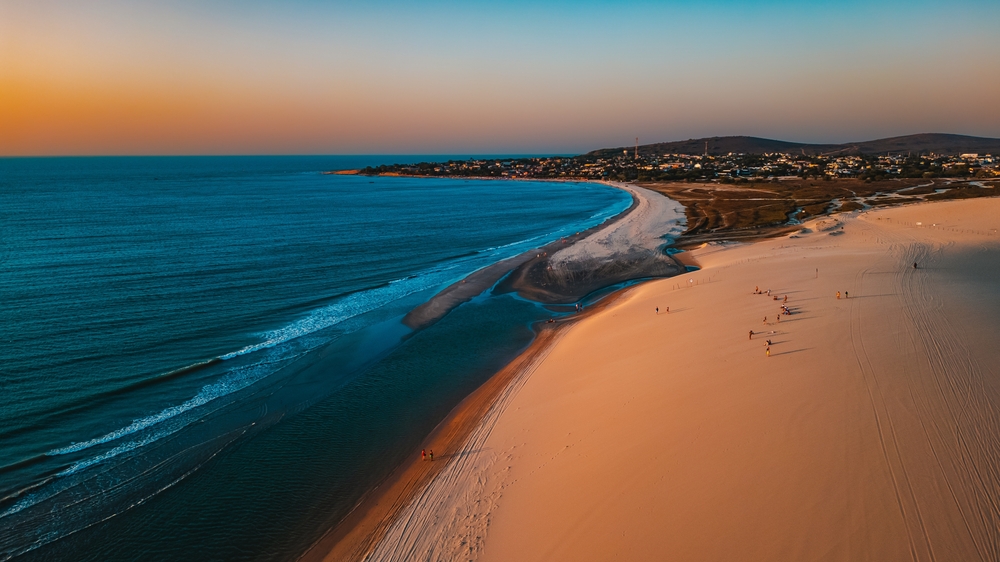Amazonia Overview
Amazonia National Park, known locally as Parque Nacional da Amazônia, is a vast protected area located in the state of Pará, Brazil. Covering approximately 3,183 square miles or 8,260 square kilometers, the park lies along the western banks of the Tapajós River in the northern part of the country.
Established in 1974, it is a significant part of Brazil’s efforts to preserve the Amazon Rainforest, one of the most biodiverse ecosystems on Earth. The park plays a crucial role in conservation and research while also serving as a destination for eco-tourism and education.
The terrain within Amazonia National Park is dominated by lush, tropical rainforest interspersed with winding rivers, seasonal wetlands, and small patches of savanna. The Tapajós River, a major tributary of the Amazon River, cuts along the park’s eastern border, creating floodplains and unique aquatic habitats.
Towering Brazil nut trees, kapok trees, and palms stretch high into the canopy, while dense underbrush and vines form a tangled layer beneath. This mosaic of landscapes includes rolling hills and lowland areas, some of which become inaccessible during the rainy season due to flooding. In the more remote corners, visitors might encounter hidden waterfalls and oxbow lakes teeming with life.
The park’s wildlife is among its most compelling attractions. It provides refuge to numerous iconic Amazonian species, including jaguars, giant anteaters, South American tapirs, and howler monkeys. Armadillos and capybaras are also frequently seen in open clearings or near water sources.
The birdlife is extraordinarily rich, with over 400 species recorded within the park. Harpy eagles soar through the canopy in search of prey, while toucans, macaws, and kingfishers bring bursts of color and sound to the trees. Reptiles such as anacondas and caimans inhabit the park’s waterways, and a wide array of amphibians and insects thrive in the damp forest floor.
Among the most popular features of Amazonia National Park is the Tapajós River itself, offering stunning views and a natural corridor for boat tours and research expeditions. The Serra do Cachimbo plateau in the southern part of the park provides dramatic elevation changes and scenic overlooks.
Visitors are drawn to these areas for canoeing, guided jungle treks, birdwatching, and photographic safaris. A network of trails allows travelers to explore the diverse environments while learning about native flora and fauna. Some research stations and ecotourism lodges operate under strict environmental guidelines to limit human impact.
Conservation in Amazonia National Park presents both challenges and successes. Illegal logging, mining, and unregulated fishing still pose threats, particularly near the park’s boundaries.
However, increased oversight by Brazil’s environmental agencies, partnerships with indigenous communities, and support from international conservation organizations have helped mitigate some of the pressure.
The park has also become a hub for scientific research, aiding in better understanding and protecting the Amazon’s complex ecosystem. These efforts have led to improved biodiversity monitoring and sustainable tourism practices, which in turn contribute to long-term conservation goals.








































































